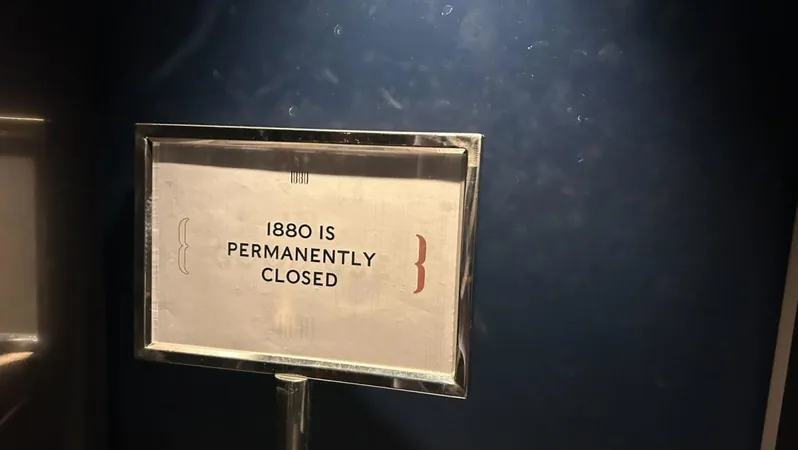
Unraveling the Mystery: Why Carbon-Rich Meteorites Survive Impacts Better Than Others
2025-04-28
Author: Siti
Groundbreaking Research Solves Decades-Old Riddle
For 30 years, scientists have wondered why carbon-rich meteorites show fewer signs of damage from impacts when compared to their carbon-poor counterparts. Thanks to researchers at Kobe University, the enigma is finally cracked! Their revolutionary study reveals that high-speed collisions create gases that sweep away evidence of shock, offering vital insights for future exploration of celestial bodies like Ceres.
The Time Capsules of Space
Meteorites act as cosmic time capsules, preserving invaluable clues about the early solar system. However, the apparent resilience of carbon-rich meteorites in the face of violent impacts has raised questions. "I specialize in impact physics and study how meteorite material reacts to these collisions, known as 'shock metamorphism.' I was drawn to this puzzling phenomenon," explained Kobe University's astrophysicist Kosuke Kurosawa.
Innovative Experimentation Pins Down the Cause
Years earlier, another researcher at the institution proposed that vapor produced during collisions could carry away the shocked material. Kurosawa sought to rigorously test this theory, noting previous models failed to consider the volume of vapor generated and couldn't account for the behavior of carbon-rich meteorites devoid of water-bearing minerals.
High-Tech Approach Reveals Surprising Results
To investigate, Kurosawa employed a cutting-edge two-stage light gas gun hooked up to a vacuum chamber, allowing his team to analyze chemical reactions in meteorite analogs, both carbon-rich and carbon-poor, in a controlled environment. Their findings, published in *Nature Communications*, indicate that impacts on carbon-laden meteorites unleash intense chemical reactions, producing superheated carbon monoxide and carbon dioxide gases.
Kurosawa elaborated, "The force from these explosions is substantial enough to propel surrounding highly-shocked rock material into space. This explosive phenomenon occurs with carbon-rich meteorites but not with their carbon-poor brethren." In essence, carbon-rich meteorites aren’t less damaged; they simply lose the signs of shock due to the violent ejection of material during impacts.
Implications for Future Space Missions
This groundbreaking discovery opens new avenues for planetary science. The researchers predict that larger bodies like Ceres may retain ejected shocked materials on their surfaces due to gravity. "Our results suggest that Ceres could be home to highly-shocked materials resulting from impacts, providing crucial guidelines for the next generation of planetary mission planning," Kurosawa concluded.
A Leap Forward in Planetary Exploration
This exciting breakthrough not only solves a long-standing mystery but also sets the stage for future explorations of our solar system. The implications for understanding meteorite dynamics and celestial body geology are immense, making the study a key stepping stone for research and missions to come.





 Brasil (PT)
Brasil (PT)
 Canada (EN)
Canada (EN)
 Chile (ES)
Chile (ES)
 Česko (CS)
Česko (CS)
 대한민국 (KO)
대한민국 (KO)
 España (ES)
España (ES)
 France (FR)
France (FR)
 Hong Kong (EN)
Hong Kong (EN)
 Italia (IT)
Italia (IT)
 日本 (JA)
日本 (JA)
 Magyarország (HU)
Magyarország (HU)
 Norge (NO)
Norge (NO)
 Polska (PL)
Polska (PL)
 Schweiz (DE)
Schweiz (DE)
 Singapore (EN)
Singapore (EN)
 Sverige (SV)
Sverige (SV)
 Suomi (FI)
Suomi (FI)
 Türkiye (TR)
Türkiye (TR)
 الإمارات العربية المتحدة (AR)
الإمارات العربية المتحدة (AR)